It is best to assign someone to record everything during the event. Once the team is decided, changing the recorder depending on the development phase and the skills of the members is recommended.
- If you have a broad image of what you would like to make in the event, list up the tools and materials that are required to make them, and gather them. Shopping during the workshop is an enormous loss of time, so lessening the shopping items is essential.
- Exchange your contact infos with the team members. Sharing real time collaboration tools such as Google docs, Etherpad, Slack, Skype, IRC, etc is also effective.
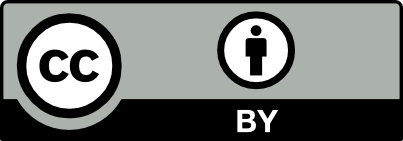
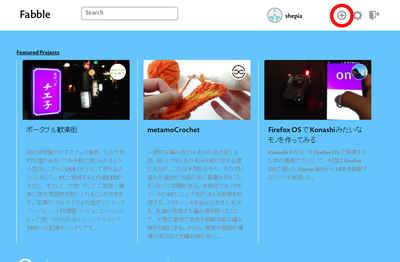

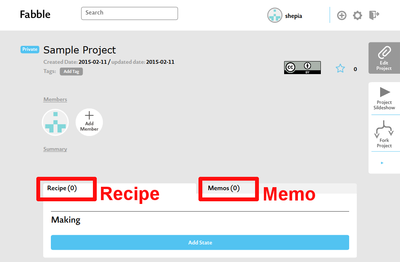

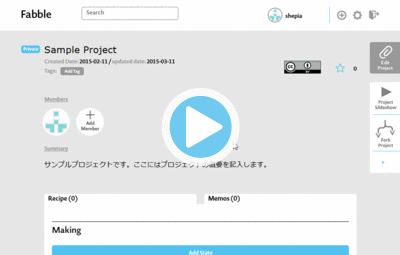

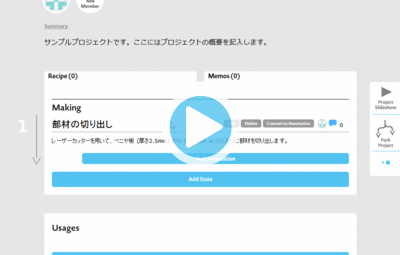


Comments